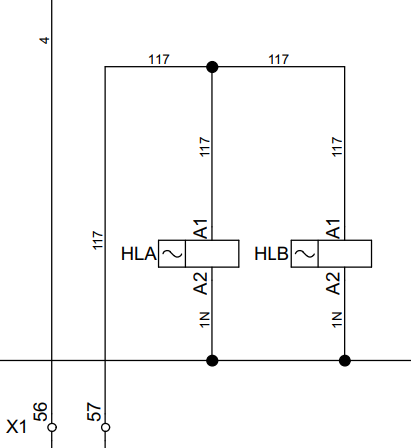Why do single phase pumps block more often than three phase pumps?
- tristannewton
- Sep 26
- 3 min read
As most pump engineers will be able to tell you, single phase pumps are much more liable to get blocked than three phase pumps. But why?
The answer lies in how the motor inside the pump produces its turning force. A three-phase motor has a balanced electrical supply. That creates a smooth, constantly rotating magnetic field, which in turn means steady torque at the shaft. In practice this gives the impeller a strong and reliable push, especially when it meets resistance from rags, wipes, or fibrous material. The motor just keeps turning, often pushing through before a full blockage forms.

A single-phase motor, by contrast, doesn’t have such an easy life. With only one supply phase to work with, it has to create another rotating field by using capacitors and auxiliary windings. The result is never as smooth. The torque it produces rises and falls in pulses rather than flowing steadily.

A single-phase motor can’t produce a naturally rotating magnetic field on its own. To get moving, it uses a capacitor and an auxiliary winding. The capacitor shifts the current in that auxiliary winding by roughly 90 degrees, so that when combined with the main winding it produces a rotating magnetic field component. This rotating field generates starting torque, allowing the rotor to accelerate from standstill. This is why when a single phase pump is connected up without a capacitor, the motor will often 'hum' without moving.
Single-phase motors always draw more current than a three-phase motor of the same power rating, because all of the energy has to be carried on just two wires instead of being shared across three. That higher current means the supply cables experience a bigger voltage drop along their length. Even a small amount of resistance in the wires becomes significant when the current is high, so the motor may see several volts less than what is available at the distribution board.
Voltage is inversely proportional to resistance, so the higher the resistance the lower the voltage.

Cover the value you want to calculate:
If you cover V, you’re left with I × R (so Voltage = Current × Resistance).
If you cover I, you’re left with V ÷ R.
If you cover R, you’re left with V ÷ I.
Electric motors are very sensitive to voltage drop. The torque they can produce is roughly proportional to the square of the applied voltage. If the voltage at the motor falls by 10%, the available torque can drop by nearly 20%. For a pump that already has limited torque reserve, that reduction can be the difference between the impeller clearing a rag and the motor stalling.
In real terms, this means that single-phase pumps at the end of a long cable run, or on a supply where the voltage fluctuates, are much more prone to blockages. The moment a rag ball starts to form, the motor may not have enough muscle left to push through, and instead it trips out on overload or sits jammed until it’s reset. By contrast, a three-phase motor of the same size draws less current, suffers less from voltage drop, and keeps more of its torque in reserve when the going gets tough.
Manufacturers have worked hard to design clever impellers that reduce ragging, and these do help. But the underlying truth remains: a three-phase motor has the muscle and smoothness to cope better with the modern reality of wipes, rags and sanitary products in the waste stream. A single-phase motor, even with a capacitor to help it start, simply has less torque.



